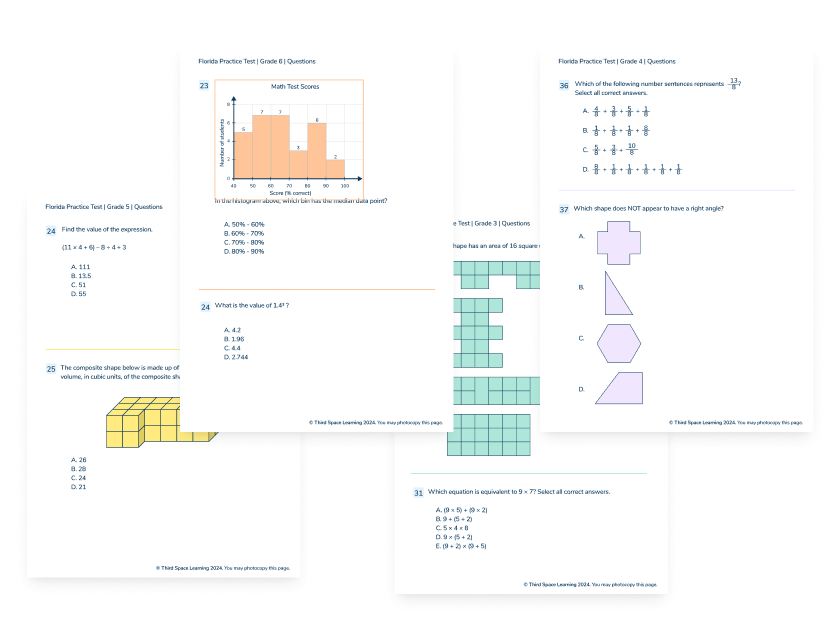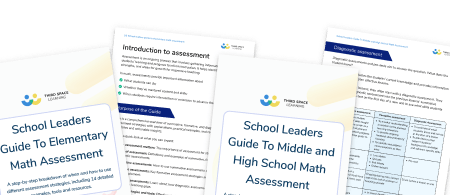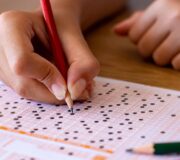6 Types Of Assessments And How To Use Them Effectively To Inform Your Teaching
Education makes use of many types of assessment. While your mind may jump to the word test when you hear assessment, this is not always the case. Tests are one type of assessment, but they reach far beyond this one method.
Assessments can be a great indicator of student performance, understanding, and mastery. These measures guide teaching practices. Without assessments, teachers must assume students understand everything perfectly. While that would be great if that were the case for every lesson, this is unlikely.
This article explores six types of assessment and provides examples and best teaching practices for carrying out each assessment method.
What are the types of assessment in education?
Types of assessment refer to the wide variety of methods or tools that educators use to evaluate, measure, and document the academic readiness, learning progress, skill acquisition, or educational needs of students.
Popular examples of assessments include:
- Exit Tickets
- Quizzes
- Think-Pair-Share
- Exams
- Research Papers
Each of these assessments can be categorized into subcategories. The two most commonly known are formative and summative assessment.
Assessment falls into four further subcategories:
- Diagnostic assessment
- Ipsative assessment
- Criterion-referenced assessment
- Norm-referenced assessments
School Leaders Guide To Math Assessment
A guide to the different assessment types for elementary, middle and high school, with examples, strategies and free resources to use in your school.
Download Free Now!What is the purpose of using different types of assessments?
Just as different activities teach students different things, different assessments measure different things.
Continual progress monitoring of student performance through assessment is crucial. Teachers must ensure students understand foundational lessons to continue building from. This is best done when educators can identify the topics students struggle with.
It is a fair assumption that most lesson planning hinges on student progress. If a class is struggling on a unit or lesson, educators will likely try to help them achieve mastery rather than just carrying on. This is where the types of assessments become important.
A key component of many assessment types is student involvement. Of course, every assessment requires student participation. However, some require students to:
- Reflect on their learning
- Apply it in a new way
- Set goals for themselves
Their willingness (or lack thereof) helps determine the impact of teacher interventions.
While some students are willing to be honest with their teachers and themselves, others are not so inclined. This could be for any number of reasons. If all assessment types relied on student reflection, you may not get the full picture of the student’s learning experience.
More traditional methods of assessments are summative assessments; they analyze student performance in high-stakes situations like end-of-the-year examinations. These tests can be a great measure of student mastery and knowledge retention.
However, students who are not good test takers, experience test anxiety or are having an off day may not perform in a way that demonstrates their mastery.
Utilizing different assessment methods helps educators receive a whole-student view, rather than defining a student by their performance in a single instance.
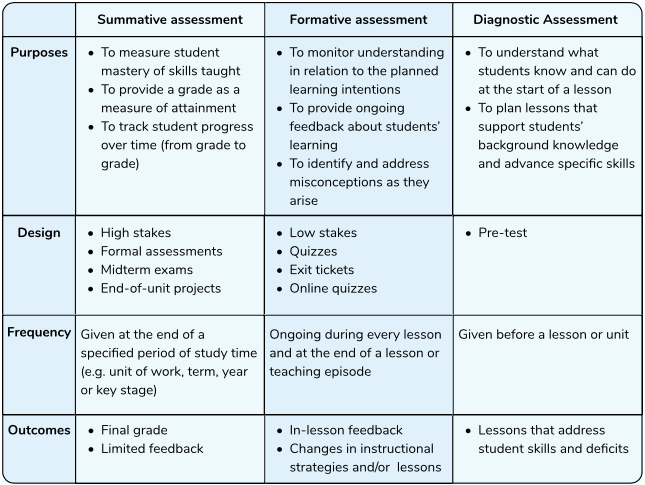
Below we look in more detail at different types of assessment and the value they bring to the classroom.
Formative assessments
Formative assessments monitor student learning while providing ongoing feedback. These assessments help teachers and students easily identify strengths and weaknesses in student performance.
Formative assessments are assessments for learning, designed to support the learning process and promote student achievement. They are low stakes and typically easier for students to complete.
Formative assessment examples, also known as assessment for learning examples, include:
- Quizzes
- Exit Tickets
- Concept maps
- Self-assessments
These assessments are low-stakes for students and teachers but provide valuable insight into student learning.
For example, imagine you are trying to teach your students factoring using the ‘FOIL’ method (First, Outer, Inner, Last) to multiply binomials. You’ve completed lessons on the acronym and gone through “I Do”, “We Do”, and “You Do”. Now it’s time to let your students demonstrate their knowledge.
Before wrapping up class for the day, you have them complete an exit ticket for the following problem:
(x+2)(2x+3)
While reviewing your students’ answers you find three common answers:
- Answer 1: 2x²+7x+6
- Answer 2: 2x²+4x+3x+6
- Answer 3: 2x+7x+6
This provides assessment data which helps to pinpoint student struggles.
In answer two, students forgot to combine like terms. In answer three, the students forgot that multiplying x by x is not the same as multiplying x by one.
This simple assessment provides the insight needed to review foundational concepts that students need to progress through the rest of their math careers.
Without formative assessments, it can be difficult to identify these pain points. The frequency of formative assessment allows teachers to constantly check on student understanding and adjust teaching practices as needed.
All Third Space Learning one-on-one math tutoring sessions use formative assessment. Throughout each session, AI tutor Skye adapts teaching and the level of support and scaffolding provided based on students’ answers and understanding. Skye follows the students’ calculations and explanations of critical thinking in the interactive classroom to assess how well they have understood the learning objective.
Summative assessments
Summative assessments are assessments of learning and student knowledge. These assessments evaluate student learning at the end of a set instructional period and often provide student grades.
Student performance on summative assessments is measured against other students or state and national standards.
Summative assessment strategies include:
- Cumulative projects
- Research papers
- Final exams
Summative assessments help schools and educators assess student learning over the course of a unit, semester, and year.
Some schools choose to administer a pretest to compare student performance with the final test, allowing educators to monitor individual student growth.
At the end of each Third Space Learning one-on-one math tutoring lesson, students complete a final summative assessment, a ‘skill check out’ question, independently. This summative assessment helps identify which learning objectives and gaps they have closed and any that are outstanding.
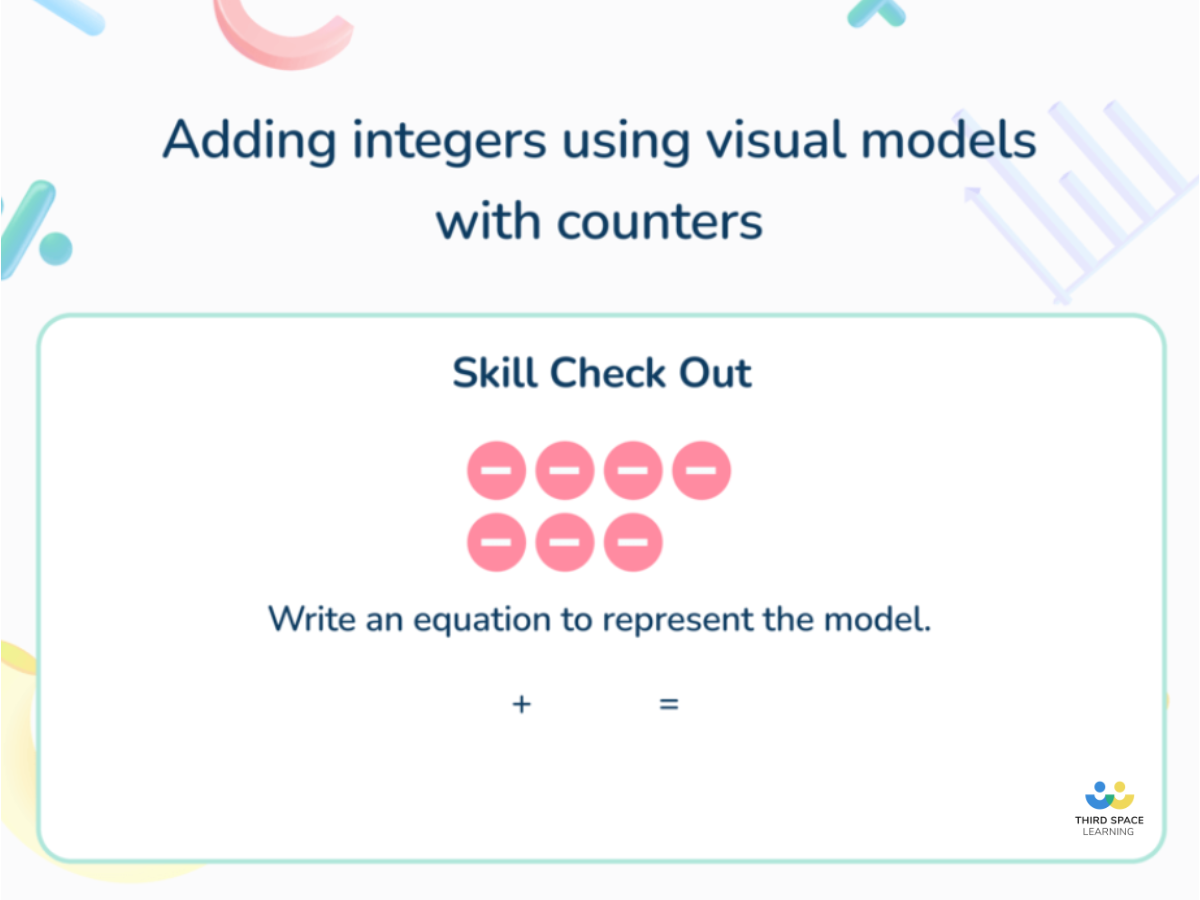
More types of assessments
Though summative and formative assessments are the most popular, there are several other types of assessment. These assessments further help educators identify student strengths and weaknesses, establish goals, and compare performance to students across the district – even across the country.

Meet Skye, the voice-based AI tutor making math success possible for every student.
Built by teachers and math experts, Skye uses the same pedagogy, curriculum and lesson structure as our traditional tutoring.
But, with more flexibility and a low cost, schools can scale online math tutoring to support every student who needs it.
Find out moreDiagnostic assessments
In addition to student feedback, diagnostic assessments provide teachers with a tool that helps measure student strengths and weaknesses. Their goal is to assess prior knowledge and establish a baseline for the student ahead of a new learning unit.
Common diagnostic assessment tools include:
- Pretests such as math diagnostic tests
- K-W-L charts
- Class discussions
- Student interviews
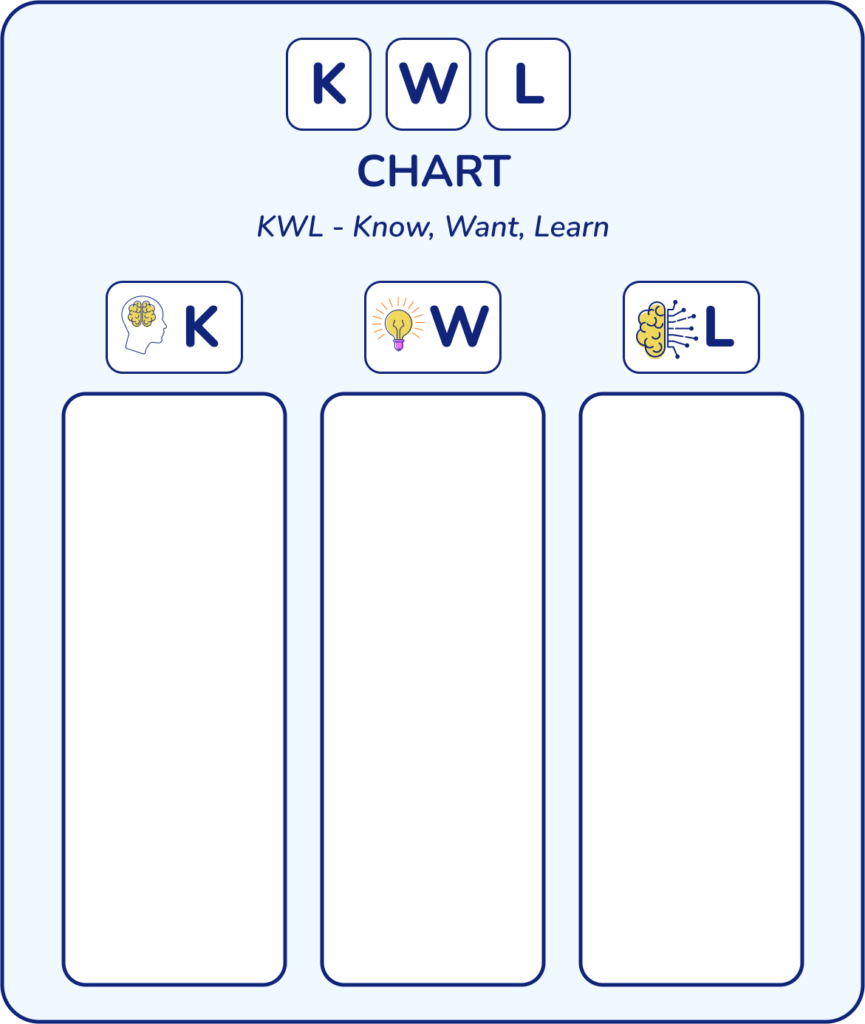
Ipsative assessments
Using ipsative assessments is an impactful way to measure student progress and mastery. Rather than comparing student performance to other students or a standard benchmark, ipsative assessments demonstrate how much a student has learned over a period.
These assessments are highly effective with students as they are not comparing themselves to anyone else. They are simply trying to improve upon their performance.
Ipsative assessments are commonly executed through student portfolios and project-based learning.
Criterion-referenced assessments
A more universally used form of assessment, criterion-referenced assessments determine student mastery of set standards and learning objectives.
These assessments show educators how far or close students are to mastering the standards and objectives outlined for their grade level.
Criterion-referenced assessments do not measure student performance against others, only the standard. Predetermined values decide how students perform and demonstrate their mastery.
Common examples include pre and post-tests, chapter tests and end-of-the-year exams.
At Third Space Learning, students are only ever assessed using criterion-referenced assessments as individuals. Each assessment takes place against the current learning standard and determines whether they have met the standard or not.
Norm-referenced assessments
On the other hand, norm-referenced assessments compare and rank students to each other. Students are measured against what the exam board determines the estimated average performance is across different competencies.
From there, students receive a percentile based on their score. This percentile demonstrates how students perform compared to peers in their school, district, state, and country. These assessments are commonly seen in IQ tests, standardized tests, and any examination that provides students with a percentile ranking.
Impact of assessments
Each type of assessment impacts students, planning and the general classroom in one way or another. Here we look in more detail at how different types of assessment impacts student learning and teachers.
Student learning
Assessments are a fantastic way to hold students accountable for their learning. Knowing that there will be knowledge checks is a motivator for students to continue to develop their education and take responsibility for their own progress.
At the same time, students must be met with assessments aligned to the standards and objectives they are expected to meet. As educators, it is critical to ensure that students are not faced with misaligned assessments.
Clearly identify the alignment between an assessment and learning goal is important to help student learning. Without alignment, students may lack a sense of attainment, which hinders motivation.
Additionally, when assessments align to the taught content properly, teachers can give students individualized feedback. Teachers and students can use this feedback for future studies, awareness, and focus points throughout the year.
Teacher use
Assessments provide invaluable insight into students’ minds. Assessments such as formative assessments and diagnostic assessments provide real-time feedback on student understanding, allowing teachers to adjust the instructional process and differentiate instruction.
For example, circling back to the earlier example of the FOIL method, now that you know the two common misunderstandings your students have, you can plan a variety of Tier 2 interventions or Tier 3 interventions.
This may look like conducting small group instruction with the two groups, to provide focused learning activities aimed to address misconceptions. If the majority of the class answered incorrectly, you could host a review lesson to avoid having to single any group of students out.
This is just one data point gathered using one type of assessment. For the most holistic view of student understanding, utilize a variety of assessments. This will help you gauge how your students are performing across time, rather than on one specific day. This is critical because of the many external factors we have to overcome in the classroom.
Consider test anxiety, for example. A student could ace every formative assessment and criterion-referenced assessment but perform poorly on a norm-referenced assessment. These assessments are commonly seen as higher stakes and can lead to a higher performance to self-worth correlation.
Any number of events can influence a student’s performance and it is the job of educators to remember and plan for that as best we can.
A variety of data allows teachers to best adjust teaching strategies to meet student needs.
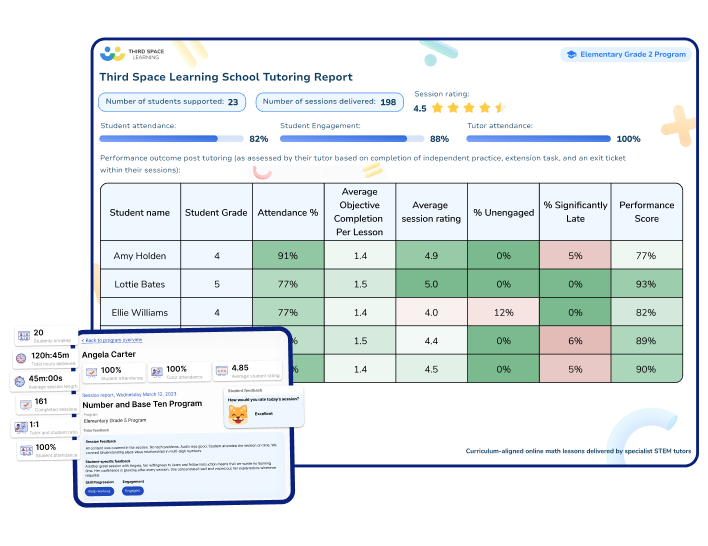
At Third Space Learning, our highly trained AI math tutor uses pre-assessment, assessment for learning and post-assessment to monitor student progress and personalize learning in real-time to ensure maximum student achievement. This targeted approach helps students build their confidence in math.
After each session, teachers have on demand access to a detailed report for each student showing topics covered, skills practiced, and progress made.
These can be used to inform whole-class teaching or to monitor progress and are downloadable for sharing with parents and caregivers.
Student achievement
Assessments are a portal into the student learning process. This means that all assessments have to be fair and valid, which is not always as easy as it seems. This is mainly due to the fact that the content in many high-stakes assessments and standardized tests is not explicitly outlined.
Educators must ensure students are engaged in learning and prepared as well as they can be. When designing in-classroom assessments, be sure that assessments are holding your students accountable for what is taught, explored, and reviewed.
By teaching and assessing students in a standards-and objectives-aligned way, true data can be shown to law and policymakers. This demonstrates where students are performing, what is achievable, and where we as a populous need to focus on and improve.
Conclusion
Assessments are a vital part of student education. The various types provide different insights into student performance throughout the school year and allow us to best adjust our teaching to meet the needs of our students. Through assessments and interventions, teachers can promote student learning and achievement, which helps empower generations of learners.
Do you have students who need extra support in math?
Skye—our AI math tutor built by experienced teachers—provides students with personalized one-on-one, spoken instruction that helps them master concepts, close skill gaps, and gain confidence.
Since 2013, we’ve delivered over 2 million hours of math lessons to more than 170,000 students, guiding them toward higher math achievement.
Discover how our AI math tutoring can boost student success, or see how our math programs can support your school’s goals:
– 3rd grade tutoring
– 4th grade tutoring
– 5th grade tutoring
– 6th grade tutoring
– 7th grade tutoring
– 8th grade tutoring
Types of assessment FAQs
Formative, Summative and Diagnostic assessments are the three most commonly used assessment types. Formative assessments actively monitor student progress. They are low-stakes and lower effort. Summative assessments assess student knowledge at the end of a set learning period (unit, semester, school year, etc.). Diagnostic assessments assess prior knowledge and establish a baseline.
Six commonly used assessment methods are:
– Formative assessment
– Summative assessment
– Diagnostic assessment
– Ipsative assessment
– Criterion-referenced assessment
– Norm-referenced assessment
The most effective assessment type depends on what is assessed. Each assessment is impactful in its own way. When assessing student understanding of developing concepts, formative assessments are most effective. This assessment type allows educators to intervene earlier than others.
In establishing a baseline of student knowledge, diagnostic assessment is most effective. If you are looking to evaluate a student’s performance, criterion-referenced and ipsative assessments are best. To assess student understanding over an extended period of time, norm-referenced and summative assessments are most effective.
